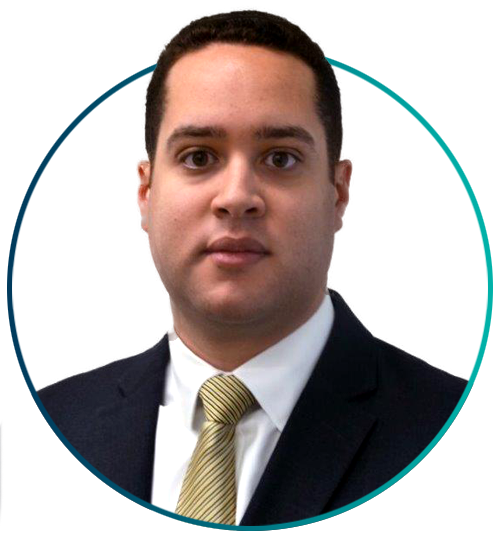Why project finance is growing in the Latin America region
Latin America, which has traditionally played catch-up in terms of issuance volumes with regions such as the U.S., is seeing an uptick in project finance deals. Proximo’s 2023 full year project finance data demonstrates an increase in regional activity from $33 billion to $46 billion, representing a deal count that has increased from 147 to 222[1] over the prior year.
Drivers behind the trend include a calmer political environment in certain countries as well as increasingly innovative financing structures and regulatory regimes. There are positive signs that political risk is generally receding with the election of more market friendly regimes and the emergence of private credit investment in infrastructure and energy markets.
Our recent global research with project finance professionals found respondents believe Latin America will see one of the highest increases in project finance transactions over the next 12-24 months (cited by 29%), fractionally ahead of the U.K. (28.5%) and second only to North America (38.5%).
The study also found that while activity is predicted to grow, respondents in the region indicated potential challenges with predicting the role that project finance will play in large-scale, capital intensive infrastructure projects. A quarter (24%) of respondents were neutral about its role, compared to 18% for APAC and 8% for both EMEA and North America.
One notable issue in the region was the high number of respondents (72%) who said that one of their biggest challenges was adapting to ever-changing subsidies and tax credit programs, compared with an average of 62% for all regions. Another regional challenge cited by many respondents was navigating supply chain challenges—54%, compared with the global average of 39%.
Project finance in Latin America: The case for future success
When looking at the areas of project finance that professionals are focused on, there appears to be a greater diversity of opportunities in the Latin America region. A third of respondents (32%) cited infrastructure, higher than the 22% of respondents in North America. Anecdotally, digital infrastructure has been an increasing topic of discussion with our clients. 38% of respondents also cited oil and gas—again, higher than the 26% in North America. A similar gap was uncovered for telecommunications (22% versus 16%); mining and natural resources (22% versus 18%), and healthcare and pharmaceuticals (8% vs 2%).
We believe our research shows that there will be plenty of opportunities in the market moving forward. This will be driven by a range of factors, including a dialing back of political rhetoric in some countries, which is giving investors a greater sense of calm and future certainty.
Another driver will be the range of new and innovative investment regimes at play in the region. There are examples of countries such as Brazil introducing new regulations for infrastructure debentures, or to allow power purchase agreements to be denominated in U.S. dollars, with the goal of attracting more foreign investment.
Chile is another interesting case, as they need to tap into international markets for investment following a long period of relying on domestic markets. We’re seeing a growth in opportunities in Chile as a result.
Overall, in our view, the unique combination of geopolitical factors and more innovative investment structures for project finance means that Latin America’s issuance volumes may not be playing catch-up with other regions of the world for very much longer.
How CSC can help
CSC’s Latin American Trust and Agency Team has extensive experience with project finance in Latin America and is always willing to use its in-depth knowledge and technical expertise to help our clients meet their financing objectives. Our flexible and commercial approach and comprehensive suite of trust and agency products allow for both a successful closing and smooth administration over the life of the transaction.
As part of a global company, the team brings relevant thinking and insights from across the globe and our business model is centered on creating long-term relationships with our clients, as evidenced by our 125-year operating history. Moreover, being privately owned means that we have stability in our strategic objectives throughout the organization, and being a non-lending institution minimizes the possibility of encountering a conflict of interest.
To find out more about our recent global research with project finance professionals, including views from respondents in the U.S., North America, and Europe, download our full report here.
[1]proximoinfra.com/articles/8347/latin-america-deals-of-the-year-2023-earning-liquidity
